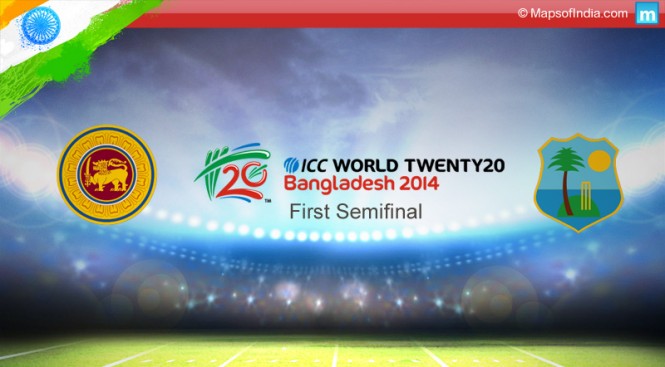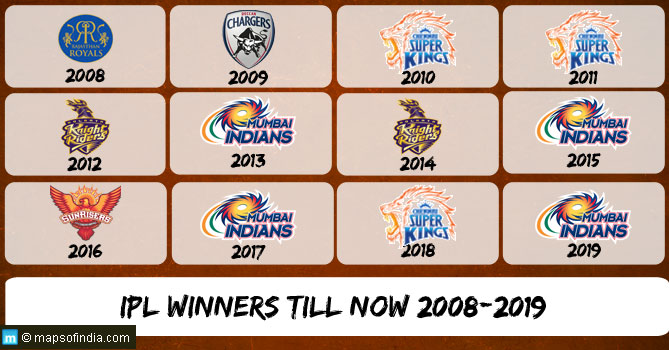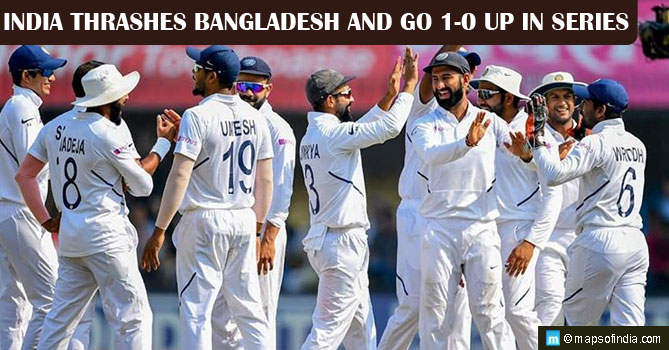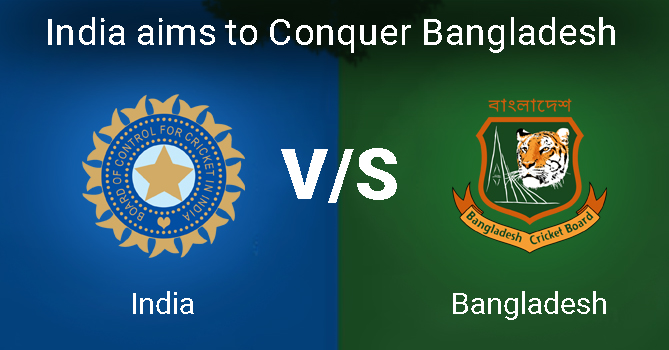As has been stated before the first semifinal of the ICC World T20 2014 that this was going to be a grudge match, where Sri Lanka would try to heal the wounds it suffered when it lost the finals of the 2012 edition of the same tournament, which was also staged in Sri Lanka itself. As it turned out on 3rd April 2014 at the Shere Bangla National Stadium the game did not reach a definitive conclusion owing to a hailstorm in the second half of the match. However, by the time the match was brought to a close by the precipitation Sri Lanka had done enough to progress to its second World T20 final on the trot.
Team composition: Sri Lanka made an inspirational change in the form of Seekkuge Prasanna, a leg spin bowling allrounder. Prasanna replaced Thisara Perera. West Indies, on the other hand, went in with the same team that had won the past couple of matches.
Batting: Sri Lanka won the toss and keeping the conditions, as well as the composition of its own team, opted to bat first. It got to a healthy total of 160 in 20 overs with Lahiru Thirimanne making the biggest contribution with an innings of 44 from 35 deliveries. He was ably supported by the experienced Angelo Mathews and Tillekratne Dilshan. The West Indian innings never really got going – they kept on losing wickets and ended up with 80 for 4 wickets at the end of 13.5 overs when the hailstorm descended on Dhaka.
Bowling: For the West Indies the spinners Badree, Narine and Samuels stood out. Even though they picked up only a solitary wicket between themselves they were able to choke the run flow. Seamers Krishmar Santokie and Andre Russell picked up wickets but went for far too many runs.
For Sri Lanka once again Lasith Malinga, who was also the skipper for this match, stood out with an exceptional spell of 2 for 5 runs from a brace of overs. Kulasekara and Prasanna also picked up a wicket apiece. What helped Sri Lanka the most was that all the bowlers were more or less economical. Perhaps this also led to their eventual progress to the finals in spite of an incomplete match.
Where do the teams go from here?
Sri Lanka will now have a chance to win a global championship and revive the distant memories of the 1996 World Cup triumph at the Gaddafi Stadium. West Indies, on the other hand, will have several issues to address. One will be their over-dependence on Gayle and the next will be the disturbing tendency of Samuels to get stuck in the middle order. They will need to find a solution to both these problems considering their seniority and importance in the set-up. Moreover, they need to persist with Russell because he is clearly one of the finest allrounders in the region. However, Russell himself needs to improve his bowling so that he can contribute more effectively.
More importantly the team needs to get over the fact that it was unable to defend the title. The team definitely has the material to do well in other ICC events. However, the problem is that it is good only on slow and low wickets where its coterie of spinners and medium pacers can come in and dry up the runs and the big hitters can flex their muscles because they have that much time on their hands. The Windies need to find the alternatives for harder and truer where this style of play will come unstuck. Otherwise, they will remain a flash in the pan.






